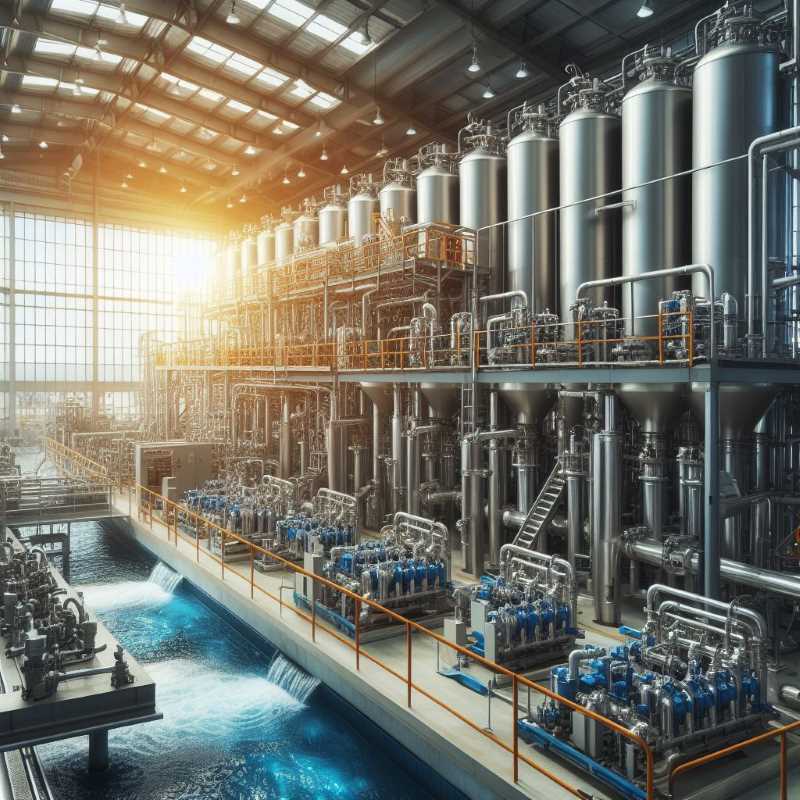Experts Chart Solutions for Mexico's Water Crisis
Mexico faces a dire water crisis. Dwindling rainfall, rising temperatures, and strained infrastructure threaten the future. Experts call for urgent action, including investment in technology, ecosystem restoration, and a cultural shift in how water is valued and used.

Facing the water crisis in Mexico requires the combined efforts of all sectors of society to have adequate technical diagnoses, sufficient and sustained economic investment in the long term, implementation of new technologies and citizen awareness to take care of the vital liquid, UNAM experts agreed.
In a media conference, regarding World Water Day, which will be commemorated on March 22, the head of the University Coordination for Sustainability, Eduardo Vega López, pointed out that the evidence about the growing shortage of the liquid in various regions, cities, and municipalities of the nation.




